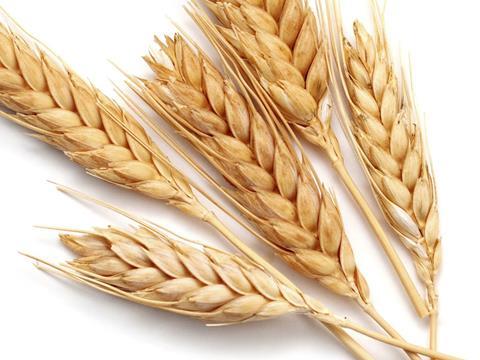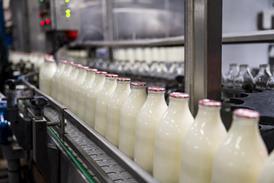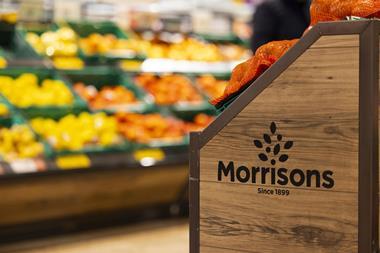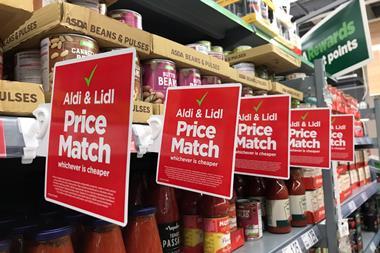
Bread wheat prices have been tipped to remain low despite new Defra figures showing total UK yield is likely to be down on last year.
Defra has estimated wheat yields for the 2015/16 crop will be 16.1 million tonnes, down about 3% on the previous year, in contrast with NFU figures published last week that estimated a slight increase.
Despite the expected drop in production, the proportion of higher-quality wheat suitable for bread making is set to be higher than last year, according to milling industry body Nabim.
It believes as much as 30% of wheat will meet the Nabim Group 1 standard required for consistent bread making, versus about 15% of last year’s crop. And it expects the total of Group 1 and Group 2 flour - which may also be suitable for bread-making - to be 50% of the crop, versus about 30% in 2014/15.
Nabim director general Alexander Waugh added the quality of some wheat harvested after heavy rains in August was likely to be lower than that gathered earlier, but said it would “not be a disaster”.
The premium paid for a tonne of bread-quality flour is currently about £20 versus £35 last autumn, with prices under downward pressure as a result of good harvests abroad.
While one leading baker said it was too early to predict how prices would move, analysts suggest they were more likely to be influenced by the global market than UK production. France, the EU’s largest exporter, is reporting high quality and production levels, according to Mintec. “This will add to an already well-supplied marketplace,” added the analysts. “France will need to compete with Russia for export demand and this is likely to put further downwards pressure on prices, globally as well as in the EU and UK.” Russia recently announced a cut in export taxes in an effort to increase its share of the wheat market.



















No comments yet